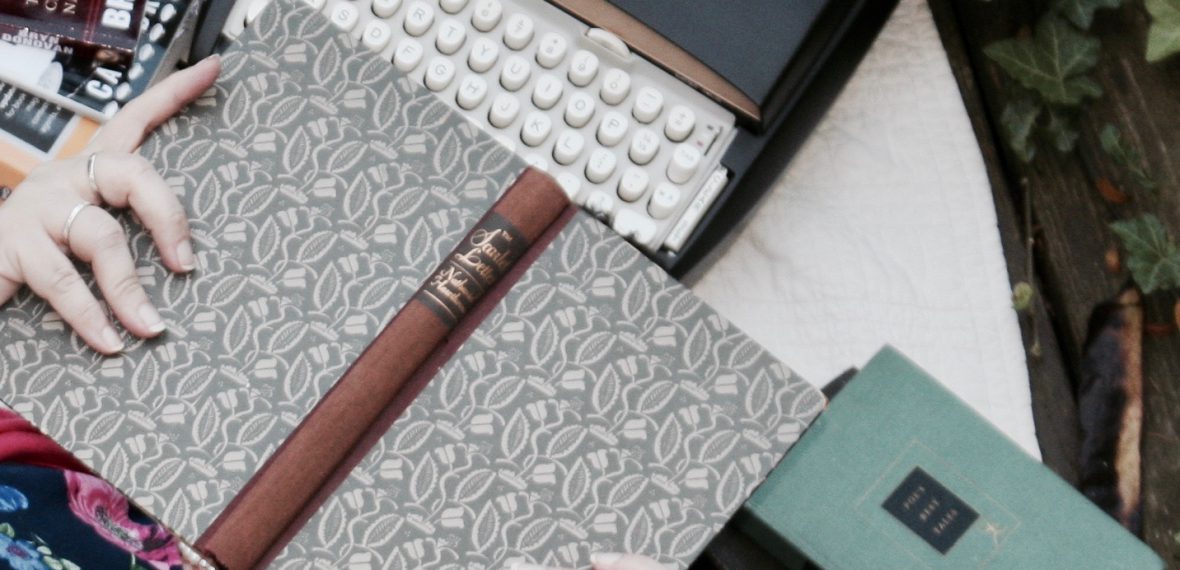It was a struggle to find a catchy title, so I went with the obvious.
Today I want to talk about another literary device/rhetorical technique that fiction writers can use–anaphora. So, what is it?
Anaphora-the repetition of a word or phrase at the beginning of successive clauses.
At first glance, this may seem to be better suited to politicians and poets, and admittedly, they do employ this technique often. William Blake uses it in “The Tyger.”
Look at stanzas 3 and 4:
And what shoulder, & what art,/Could twist the sinews of thy heart?
And when thy heart began to beat./What dread hand? & what dread feet?
What the hammer? what the chain,/In what furnace was thy brain?
What the anvil? what dread grasp./ Dare its deadly terrors clasp?
The repetition of “what” emphasizes Blake’s uncertainty as to the entity that could create such a being as a tiger. (Or a revolution, which the tiger appears to be a symbol for.)
Consider this famous example from Martin Luther King, Jr.
Go back to Mississippi, go back to Alabama, go back to South Carolina,
go back to Georgia, go back to Louisiana, go back to the slums and
ghettos of our northern cities, knowing that somehow this situation can and will be changed.
Here anaphora is used as an exhortation of hope, a call to action.
And, of course, anaphora–like all repetition–helps an idea or image stick in your brain.
You may be thinking, “This is great, but I write fiction.” One of my favorite uses of anaphora occurs in the first chapter of Tim O’Brien’s The Things They Carried.*
“As a first lieutenant and platoon leader, Jimmy Cross carried a compass, maps, code books, binoculars, and a .45-caliber pistol thatweighed 2.9 pounds fully loaded. He carried a strobe light and the responsibility for the lives of his men.
As an RTO, Mitchell Sanders carried the PRC-25 radio, a killer, 26 pounds with its battery.
As a medic, Rat Kiley carried a canvas satchel filled with morphine and plasma and malaria tablets and surgical tape and comic books and all the things a medic must carry, including M&M’s for especially bad wounds, for a total weight of nearly 20 pounds.
As a big man, therefore a machine gunner, Henry Dobbins carried the M-60, which weighed 23 pounds unloaded, but which was almost always loaded. In addition, Dobbins carried between 10 and 15 pounds of ammunition draped in belts across his chest and shoulders.
As PFCs or Spec 4s, most of them were common grunts and carried the standard M-16 gas-operated assault rifle…”
Here, the repartition acts in several ways, it separates the men into classes based on their role within the platoon; however, it also unites them structurally because they are a part of a single unit. A few paragraphs later, the use of similar structure will contrast what they carry emotionally to what they carry physically.
Most writers will contend that they’re not literary writers, no do they wish to be. Honestly, I don’t think O’Brien set out to be literary, either. The use of anaphora simply helped organize and structure his thoughts, and in turn, helps the reader understand and organize the narrative (which is a challenge in this book. IYKYK.)
Of course, like polysyndeton and asyndeton, editors and editing programs don’t like its use because it’s repetitive. Um, that’s THE POINT. So if you choose to employ anaphora, stick to your guns and discuss its myriad uses in literature.
*So, O’Brien may be writing a narrative biography, and in places the novel does feel as such, but then you get to “How to Tell a True War Story,” and you re-think that premise.ec



